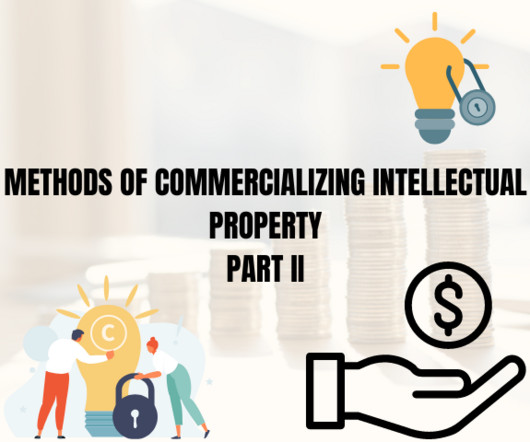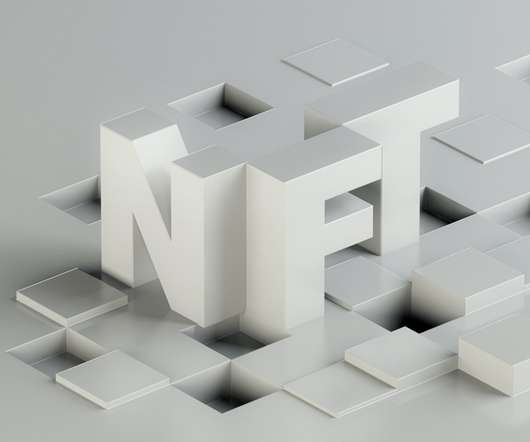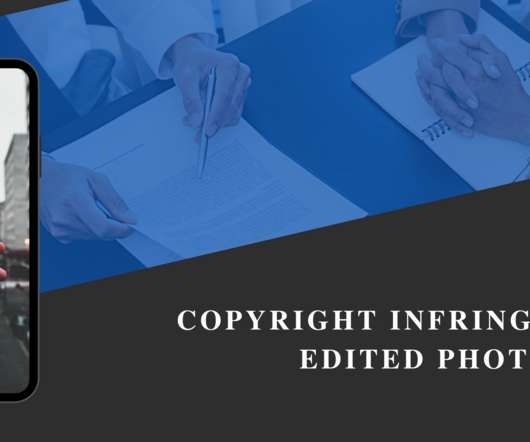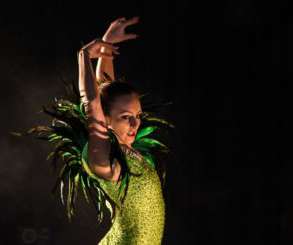Who Owns the Copyright in AI-Generated Art?
Intepat
SEPTEMBER 15, 2023
AI-generated art represents a fusion of human ingenuity in crafting algorithms and the machine’s ability to produce artworks autonomously. In 2011, wildlife photographer David Slater captured a monkey selfie, which gained widespread attention online. Copyright laws are designed to safeguard the rights of creators.












Let's personalize your content